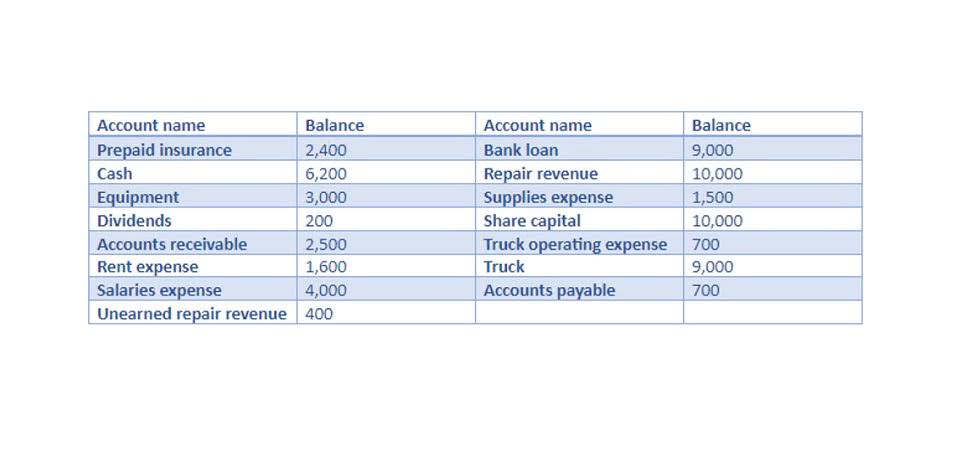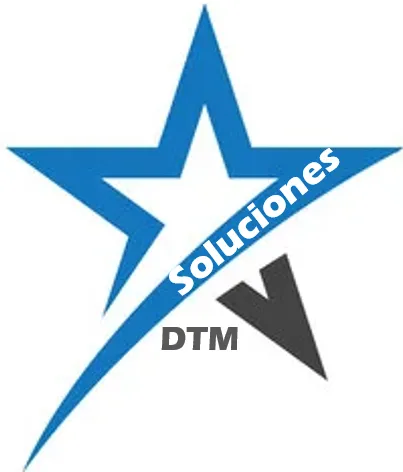
Whenever a company activates warrants, there will be an increase in outstanding stocks while the number of treasury stocks decreases. For example, if a company issues 100 warrants and all the warrants are activated, this company will have to sell 100 shares to all the warrant holders from its treasury. The outstanding shares formula is represented as issued shares minus shares held in the company’s treasury or treasury stock. Through this formula, one can determine the outstanding shares of a company. As a real-world example, here is some information from Johnson & Johnson’s (JNJ 1.31%) 2014 year-end balance sheet. The company has 4.32 billion authorized common shares, of which 3,119,843,000 have been issued as of December 31, 2014.
Weighted Average Shares Outstanding Calculation
In terms of the steps involved in the TSM, first, the number of in-the-money options and other dilutive securities are summed up, and that figure is then added to the number of basic shares outstanding. To calculate Insurance Accounting the weighted average of outstanding shares, multiply the number of outstanding shares per period by the proportion of the total time covered by each period. Then, add those terms together to get the weighted average number of outstanding shares. Finally, outstanding shares are different than authorized shares, or the number of shares that a corporation is legally allowed to issue. Outstanding stocks are the shares that are actually already out on the market.

How to Calculate Weighted Average Shares?
Reverse splits and share buybacks decrease the number of shares outstanding. Examples include once a specified period of time passes, if the company meets a set earnings goal, or once an employee has worked a number of years. Restricted shares are the shares outstanding reserved for employees and insiders. But there are several other parameters that investors should analyse before investing in a company. Treasury shares are outstanding shares which are repurchased by the company for its own use.
Stock Split
Shares Outstanding represent all of the units of ownership issued by a company, excluding any shares repurchased by the issuer (i.e. treasury stock). Floating stock is a narrower way of analyzing a company’s stock by shares. It excludes closely held shares, which are stock shares held by company insiders or controlling investors. These types of investors typically include officers, directors, and company foundations. If a company considers its stock to be undervalued, it has the option to institute a repurchase program.
Trading Tools
- They can then compare this number to the outstanding shares to see how much of a risk dilution poses.
- Total outstanding shares represent the number of shares of a company’s stock that are currently held by all its shareholders, including institutional investors, company insiders, and the public.
- You can find the number of shares outstanding by looking at the company’s balance sheet.
- Add the preferred shares outstanding to the common shares outstanding to get the total number of issued shares.
- Now that you have learned about one of the parameters of choosing safe stocks, open demat account with Angel One and start making your future safe.
- Therefore, the company currently has authorized 5,000 shares and has 2,000 shares issued and outstanding.
This is done to reflect the reality that the majority of unvested options have a high probability of vesting someday, which is a practice that investors and firms have increasingly adopted in recent years. As we’ve already seen, the number of a company’s outstanding shares can vary over time, sometimes fluctuating a great deal. A company could issue new shares, buy back shares, retire existing shares, or even convert employee options into shares. Outstanding shares of stock is the kind of stock issued by the company that is owned by investors, rather than by corporations themselves. Stock buybacks and new stock issuance are two methods for publicly-traded companies (post-IPO) to directly impact their number of outstanding shares.

📆 Date: May 3-4, 2025🕛 Time: 8:30-11:30 AM EST📍 Venue: OnlineInstructor: Dheeraj Vaidya, CFA, FRM

Diluted shares outstanding include “dilutive” securities that could add to the share count — including options, warrants, and convertible debt. Outstanding shares are those owned by stockholders, company officials, and investors in the public domain, including retail investors, institutional investors, and insiders. A company also often keeps a portion of its total outstanding shares of stock in its treasury from both initial stock issues and outstanding shares formula stock repurchase.

AccountingTools

Outstanding shares refer to the total payroll number of shares issued and currently held by shareholders. Total outstanding shares represent the number of shares of a company’s stock that are currently held by all its shareholders, including institutional investors, company insiders, and the public. The company has issued these shares, and are in the hands of investors who may buy and sell them on the open market. A company’s outstanding shares may change over time because of several reasons. These include changes that take place because of stock splits and reverse stock splits. There are also considerations to a company’s outstanding shares if they’re blue chips.
In other words, if a company is currently trading at a P/E of 20x that would mean an investor is willing to pay $20 for $1 of current earnings. And a company can’t issue more shares than there are authorized shares. Their market cap might be large simply because the share price is high. Shares outstanding are the current number of those shares that aren’t treasury shares.



